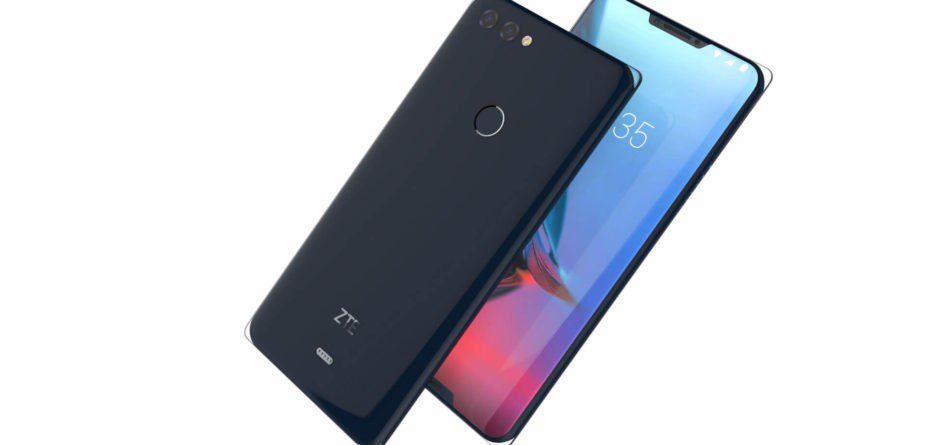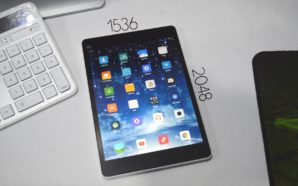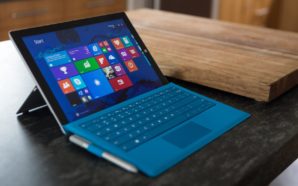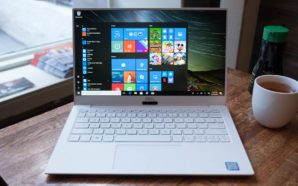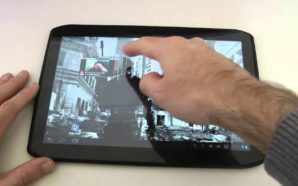Telecom’s first offering for the tablet market is astonishingly affordable, compared to some of the other tablet device; we’ve reviewed. You can pick up the V9 for $399 – compared to the $1000 you’ll shell out for an iPad 2 or Galaxy Tab, chat’s peanuts. But before you jump at the chance of a cheap tablet device, it’s worth taking a look at what you’ll get for your dollars.
There’s no doubting that many will he happy with the selection of open-source Android for the OS — that means anyone budget-conscious will also be able co find sufficient free or cheap apps to fill the 256MB of inbuilt storage, as well as the 2GB SD card supplied by Telecom, However, the ZTE V9 runs the older Android FroYo, which isn’t designed primarily for tablets, which puts it behind the likes of the Acer iconia in usability.
More troubling is the display. While the ZTE V9 is a 7-inch tablet that compares in form factor to the BlackBerry PlayBook, the screen looks dull, washed out and distant compared to almost every other tablet in our roundup.
Videos played on the V9 lack sharpness and contrast, even in HD; colours are muted and muddy, which is disappointing. The screen’s brightness appears Co be around half chat of the PlayBook, with high glare in bright light making using the tablet ac times annoying or unfeasible. Sound is perfectly acceptable, however.
It seems that there’s a distinct lack of polish in the user experience. Font smooching is minimal or nonexistent, making the most common tasks such as email, e-book reading or web-browsing more taxing on the eyes than we’d like. The lack of text smooching is paired with icons that are scaled up on certain screens, creating a fuzzy, unfocused look that distracts from the tablet’s appeal. In addition, there’s no animation when launching apps, making the slight pause noticeable; tablets with slicker interfaces smooch over such delays.
Configuration interfaces are plain, if functional. Apps can be dragged co one of five home screens, but not grouped or sorted, the home screen itself, when locked, shows the number of messages, but little else.
There’s little in the way of features here, either. A 3MP rear camera, 3.5mm headphone jack and MicroSD sloe are all that’s offered. The camera produces decent photos when compared to a smartphone, but they don’t compare to those produced by some of the higher-end tablet devices.
Responsiveness is at times sluggish — we found that sometimes we had to swipe the home screen five or six times to unlock it. Fortunately, the keyboard was pleasant to use, if a little small, and didn’t suffer from this lack of response.
There’s no multi-touch on the ZTE V9, which means no pinch—zoom when viewing photos. Precision can sometimes he an issue when tapping the screen — we had a few encounters when web-browsing where pressing on a link resulted in an apparent activation spot some distance away on screen, and no link being loaded.
What the ZTE has that other tablets may lack is battery life. Over a ten day period of intermittent use, we didn’t have to top up its battery even once.
But battery life, a tasty price and an adequate keyboard can’t disguise the rudimentary nature of the V9, or its all-too-obvious downsides.
ZTE V9 Light At A Glance
Battery life is excellent
Very little internal storage
Screen is a major drawback, particularly for video
Functional for the price, but lacks flair
ZTE V9 Light Price: $399 in US market
ZTE V9 Light Verdict:
For a cheap tablet it has a lot going for it, not Least speedy 3G, but there are better options out there if you have the money.




